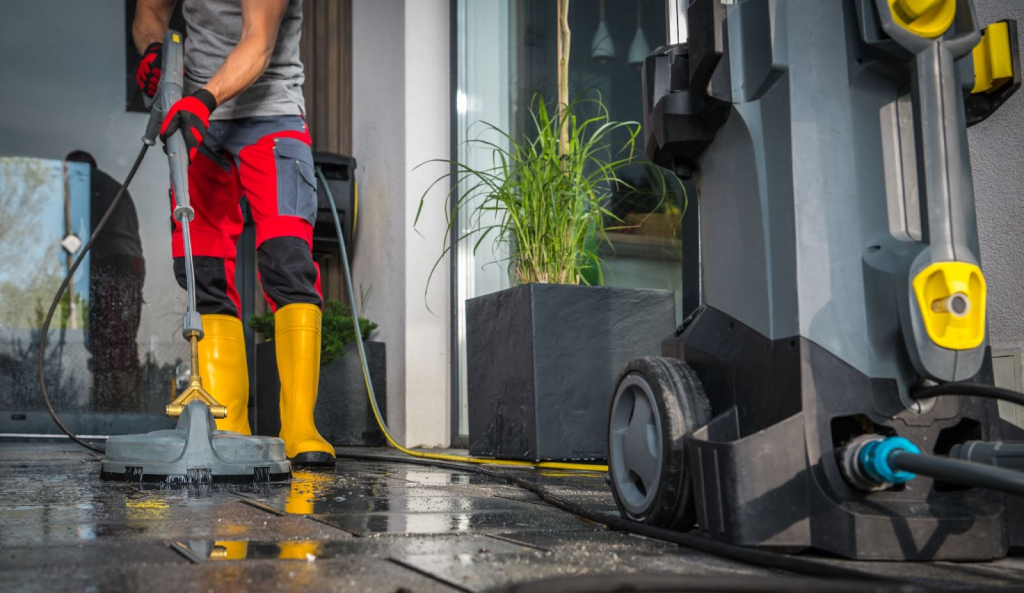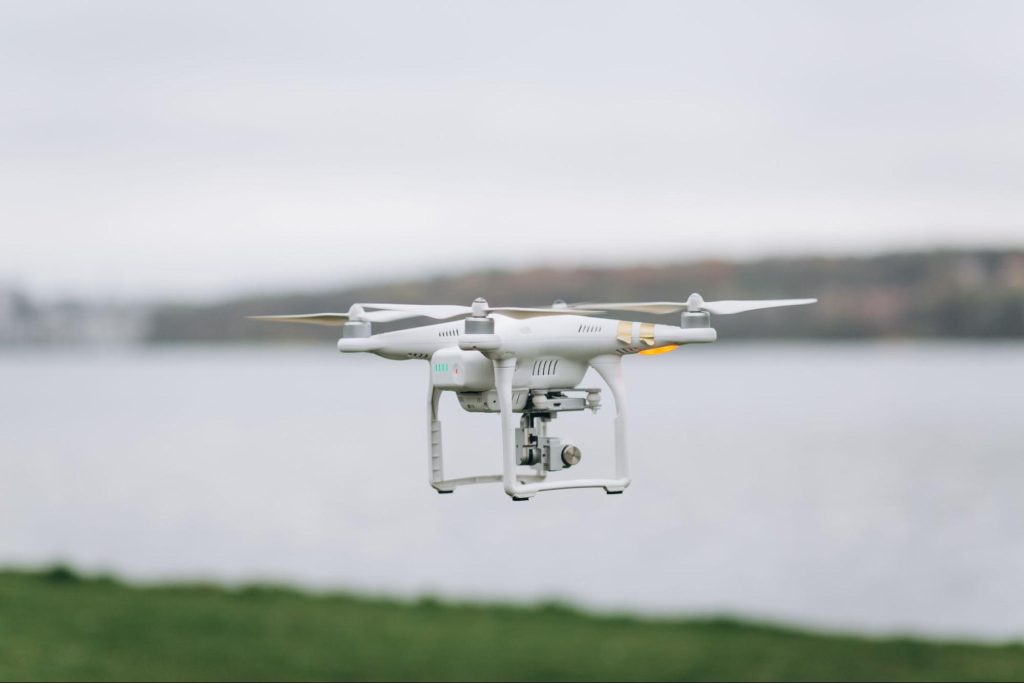
Future Trends in Water Removal and Restoration Services
Water damage is evolving, and so are the methods to stop it. Property owners today face more complex risks from flooding, burst pipes, and hidden leaks. As weather patterns shift and buildings age, traditional cleanup approaches often fall short. New technology, more innovative materials, and rising expectations are rewriting how water removal and restoration services are delivered.
Why Water Removal Trends Are Worth Following
Keeping up with water removal trends helps property owners avoid costly setbacks and slow recoveries. As restoration methods evolve, outdated approaches can expose buildings to mold, structural decay, or extended downtime. New tools, materials, and standards are being adopted faster than ever, especially in high-risk zones. Understanding these changes enables owners to select more effective restoration contractors, make informed upgrades, and respond promptly when damage occurs.
Emerging Shifts in Water Removal Services
Water damage today isn’t handled the same way it was five years ago. New threats, more innovative tools, and rising expectations force the industry to evolve. What was a slow, manual process is now fast, data-driven, and tech-supported. Understanding these shifts can help property owners make quicker decisions, reduce loss, and stay ahead of the next disaster.
Smart Technology is Redefining Water Removal Speed
Smart technology helps restoration crews detect, assess, and remove water faster. It reduces manual labor and improves accuracy across each phase of the job. With faster alerts and real-time insights, crews don’t waste time guessing. It creates more rapid response times and better outcomes for property owners.
IoT Sensors Catch Leaks Before They Cause Damage
Internet of Things (IoT) sensors now monitor real-time moisture levels. These small devices send alerts when they detect water where it shouldn’t be. Placed near pipes, appliances, or basement walls, they help prevent flooding before it spreads. This early detection reduces structural damage and cuts restoration costs. The data also lets contractors know precisely where to start the removal process. It’s a modern way to turn a potential disaster into a quick fix.
AI Tools Predict Damage and Speed Up Cleanup
Artificial intelligence can recognize patterns in thousands of water loss cases. These tools forecast how water will spread and which materials are most at risk. They help restoration teams decide where to focus efforts first. Some systems even recommend drying schedules and equipment placement. It minimizes wasted energy and prevents mold growth. AI also supports better reporting for insurers and clients.
Wireless Equipment Simplifies Water Extraction Control
Innovative extraction tools can now be controlled remotely using mobile apps. Crews adjust power levels, check tank capacity, or move units without pausing the job. This flexibility enhances efficiency and facilitates the management of large or multi-unit properties. Wireless tools also improve safety by limiting trips through slippery spaces. As systems improve, expect more precision and less downtime. For property owners, that means faster cleanup and fewer disruptions.
Green Restoration is Shaping Cleaner Standards
Sustainable restoration is more than a trend; it’s becoming an expectation. Many restoration companies now use low-impact tools, biodegradable agents, and power-saving techniques. These methods align with green building codes and reduce environmental harm. They also appeal to property owners looking to reduce their carbon footprint.
Energy-Efficient Equipment Cuts Fuel Use and Emissions
Modern water extractors use energy-efficient motors and quieter systems. They work longer without overheating and reduce air and noise pollution. These upgrades help meet strict environmental regulations. They’re invaluable in schools, hospitals, and homes with vulnerable residents. Lower emissions also improve indoor air quality during the drying phase. For this reason, more crews are switching to electric or battery-powered tools.
Desiccant Drying Reduces Energy Waste
Unlike heat-based dryers, desiccant units absorb moisture from the air. They’re more efficient in cold or humid conditions and safer for sensitive materials. Desiccants don’t rely on open heat; they use less energy and reduce fire risk. They’re ideal for properties with hardwood floors, antiques, or electronics. Plus, they dry faster than conventional blowers in certain climates. Their low noise profile is also ideal for 24/7 residential use.
Water-Resistant Materials Lower Future Restoration Needs
Builders and restoration pros are now turning to materials that can withstand water intrusion. Treated drywall, waterproof flooring, and moisture-sealed subfloors are standard upgrades. These materials help reduce mold growth and long-term repairs. They also meet new building codes that focus on resilience and longevity. By using them during repairs, property owners get added peace of mind. It’s a wise investment that saves on future claims.
Automation is Speeding Up Water Restoration
Automation allows water removal teams to act faster and with more precision. Machines now handle extraction, detection, and monitoring with minimal oversight. That leads to consistent results, reduced labor needs, and safer environments. Owners benefit from fewer delays and faster reopenings.
Smart Pumps React Immediately to Standing Water
These automated systems activate when sensors detect rising water. They start pumping water out without manual input, which is perfect for unoccupied buildings or vacant units where water can sit for hours. Automatic shutoff features also prevent power overloads. When crews arrive, much of the water may already have been removed, reducing long-term property damage.
Drones Are Assisting With Damage Inspections
Restoration companies now use drones to scan rooftops, gutters, and flood zones. These high-resolution tools help document damage and plan the cleanup. They’re instrumental after storms or when access is limited. Drones save time and reduce the risk of injury for inspectors. Footage can be shared with insurance adjusters instantly, speeding up approvals and restoration timelines.
Robots Are Taking on Hazardous Crawl Spaces
Small, camera-equipped robots now enter crawl spaces, under flooring, and inside HVAC systems. These machines gather moisture readings and look for structural damage. Human crews avoid risky, confined areas until it’s safe to work. This approach also limits damage to surrounding areas during inspections. Data collected helps teams build accurate repair plans. It’s another example of how automation keeps jobs faster and safer.
New Materials Help Buildings Resist Water Damage
New materials are helping buildings resist moisture and dry out faster after water events. These upgrades reduce the need for deep reconstruction and limit mold growth. They also support more resilient building standards. For property owners, using them means less disruption and lower future costs.
Smart Insulation Holds Up Better After Leaks
Some insulation types now repel water or dry quickly without compromising their integrity. They maintain performance and don’t collapse after light flooding. Others change texture when exposed to moisture, helping crews find hidden damage. It prevents long-term mold risks behind walls or ceilings. These products are especially helpful in basements and crawl spaces. They’re being used more in flood-prone zones.

Moisture-Sealed Paints Protect and Dry Faster
Waterproof paints and primers now contain antimicrobial and moisture-repelling ingredients. These finishes help walls dry faster and reduce the spread of mold. They’re applied during post-removal rebuilding, especially in bathrooms, kitchens, and laundry areas. Some brands also resist staining from minor leaks. Coatings create an added line of defense during future water incidents. Their low-odor formulas make them safe for quick reentry.
Clearer Communication is Changing Restoration Work
Property owners expect updates, access, and clarity throughout restoration work. Leading companies now use digital tools to communicate better and build trust. From project status to cost breakdowns, transparency is becoming a competitive advantage. It also reduces disputes and improves job accuracy.
Live Updates Improve Owner Involvement
Mobile apps now let clients follow restoration progress in real time. They show which areas are being dried, who’s on-site, and what’s scheduled next. Clients can approve changes, send questions, or check documentation instantly. This reduces the need for calls, emails, and confusion, which benefits remote owners and property managers. The process becomes more predictable and less stressful.
Augmented Reality Helps Clients See Repair Options
Contractors can now map out affected zones using tablets or AR glasses. It shows property owners which materials need to be removed and which can stay. AR models help set clear expectations before crews begin repairs. They also let owners review different design options for rebuilding. These visuals speed up decisions and reduce back-and-forth. It’s a more innovative way to plan restorations with fewer surprises.
Stricter Rules Are Raising Water Removal Quality
Local and national regulations push the water removal industry toward safer, cleaner, and more energy-conscious practices. These changes affect every project phase, from air quality limits to technician training. For property owners, this shift means better service and stronger results.
Drying Tools Must Now Meet Air Quality Rules
High-powered dryers and air movers must limit their noise and emissions to comply with regulations. Some areas now require air scrubbers or HEPA filtration to reduce airborne particles during the drying process. These updates help protect health during large-scale water events. Equipment that fails to meet standards may result in fines or failed inspections. Crews now log tool use and output for verification, giving owners added peace of mind during recovery.
Training Requirements Are Expanding Across States
Many regions now require technicians to pass certified courses in water damage recovery. Some licenses require renewal through ongoing education or hands-on testing. The aim is to standardize best practices across contractors. For owners, it filters out underqualified providers. These rules also support better job outcomes. More companies are highlighting credentials to build client confidence.
Data is Powering Smarter Restoration Decisions
Water removal services are embracing data analytics to optimize every job. These systems help predict risks, reduce waste, and improve timelines. For property managers and homeowners, data-backed reporting creates a complete picture of the damage and recovery. That’s helpful now and later.
Digital Reports Support Insurance and Claims
Photos, moisture readings, equipment logs, and job notes are now stored in cloud-based systems. This information can be shared with clients, adjusters, and legal teams in minutes. It also helps document compliance with building and environmental codes. These records are easy to access years after the project. That’s especially useful for properties with repeated water events. Owners can make smarter upgrades based on past results.
Dashboards Manage Multiple Properties
Property managers with dozens or hundreds of buildings now use intelligent dashboards to monitor all sites simultaneously. Moisture levels, alarm triggers, and service activity are visible in one view, saving crucial time during weather events or system failures. Alerts can guide crews directly to the highest-risk areas. Dashboards also track restoration performance and contractor efficiency, helping companies stay ahead of bigger problems.
Outsmart the Next Disaster With Better Water Removal
Waiting too long to adapt is the costliest mistake a property owner can make. Floods, leaks, and moisture issues won’t slow down, nor should your response. The most trailblazing solutions aren’t just faster; they’re cleaner, stronger, and built for what’s next. If your current water removal plan relies on outdated tools or reactive strategies, it’s time to rethink everything. Better protection starts with more intelligent choices.
From evolving tools to more brilliant tactics, discover how the future of water removal is already in motion—only on the Express Restoration blog.
